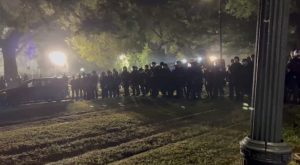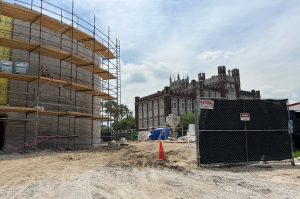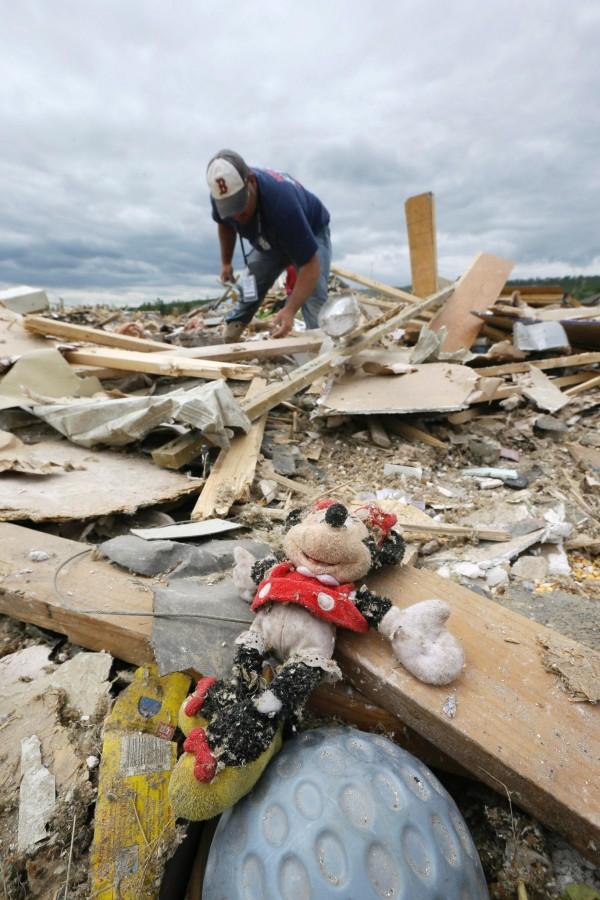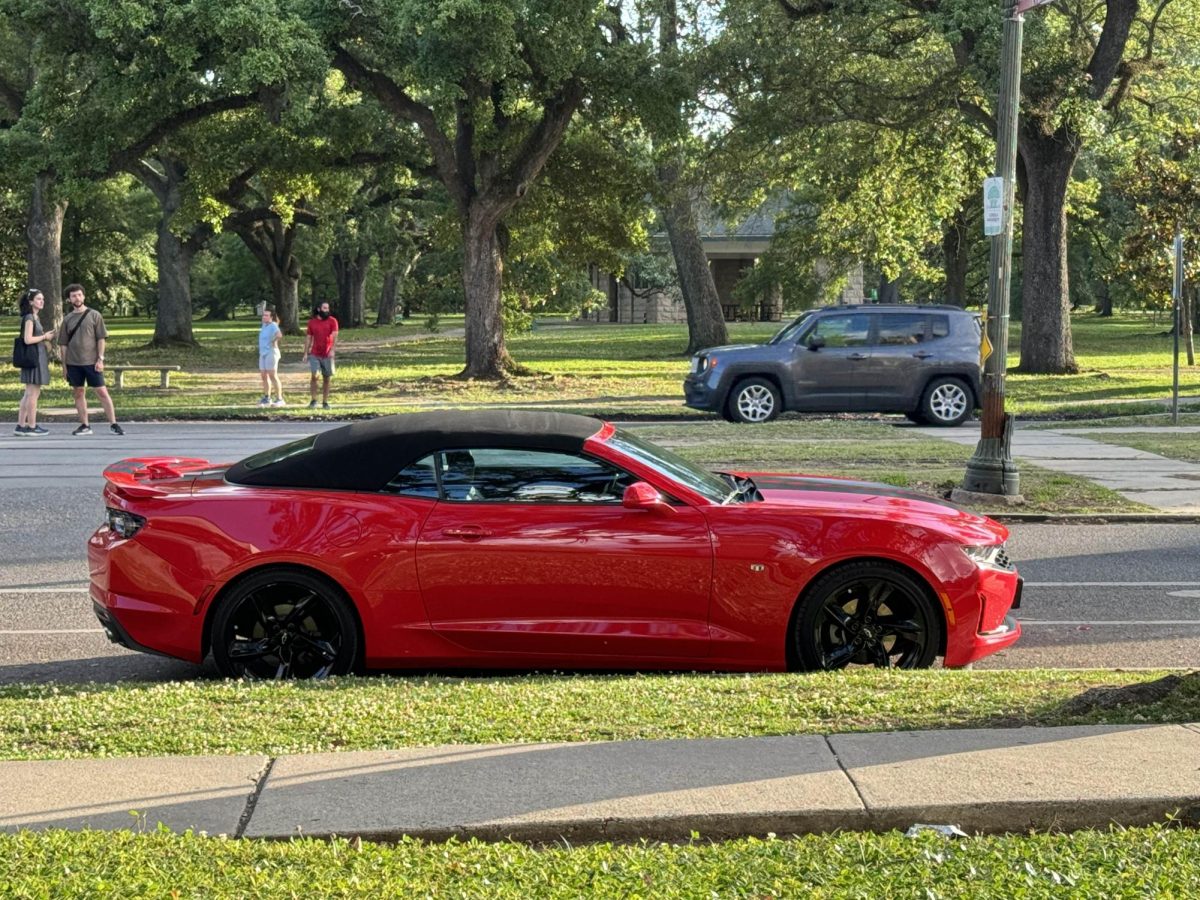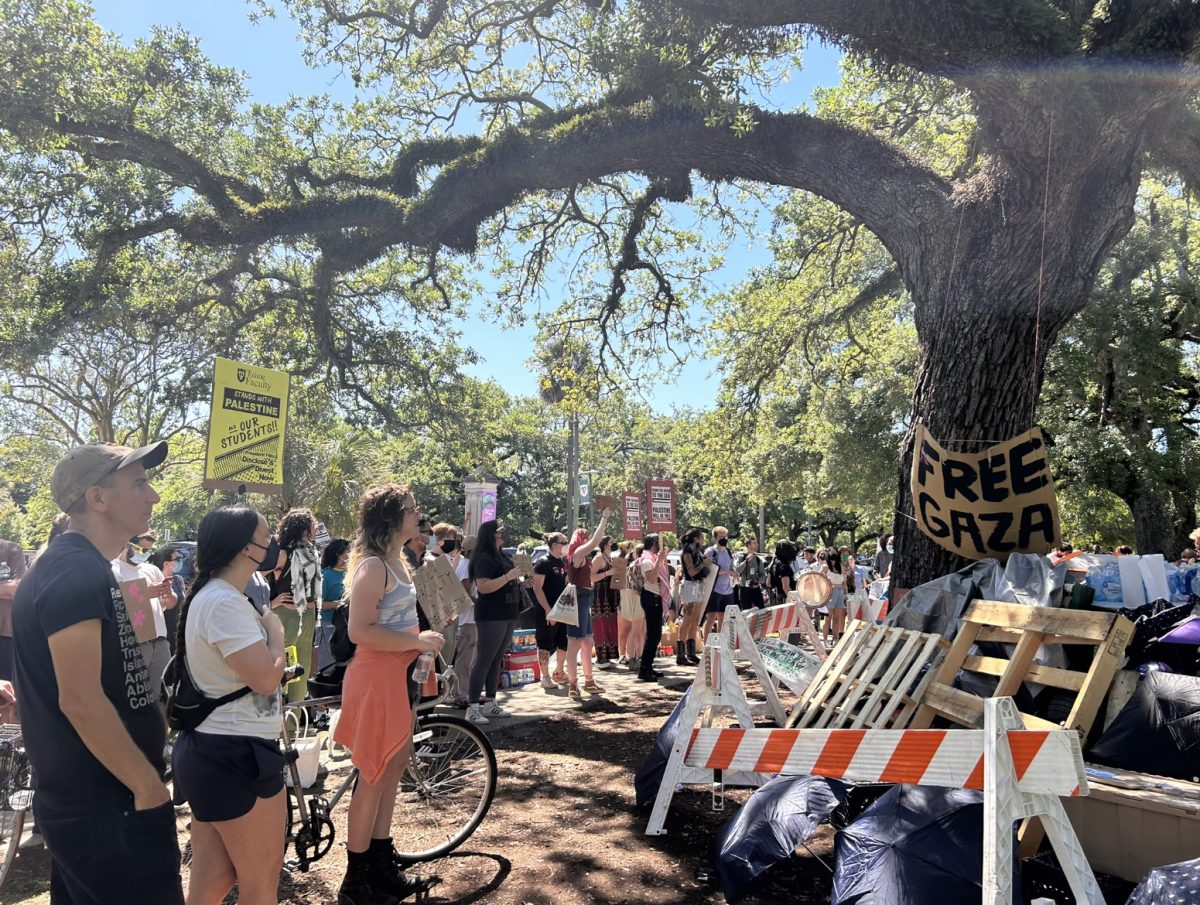WASHINGTON (AP) – Something strange is happening with tornadoes lately in the United States, and it is baffling meteorologists. Tornado season is either unusually quiet or deadly active.
Until this weekend’s outbreak, the U.S. had by far the quietest start of the year for tornadoes. By the beginning of last week, there had been only 20 significant tornadoes and none of them that big.
There was also a slow start four years ago. And after a busy January, last year was exceptionally quiet until a May outbreak that included a super-sized tornado that killed 24 people in Moore, Okla.
“When we have tornadoes, we have lots of them,” said Greg Carbin, Warning Coordination Meteorologist for the Storm Prediction Center in Norman, Okla. “It’s boom or bust.”
The 12-month period before last May set a record for the fewest significant tornadoes. But two years earlier, the nation also set a record for the most in 12 months.
Tornadoes can occur any time of year. All it takes is the right conditions. It varies by location, but the season tends to run from spring to mid-summer, with the biggest hotspots in Texas, Kansas, Oklahoma, Florida and Nebraska.
According to Harold Brooks, a meteorologist at the National Severe Storms Lab in Norman, Okla., the recent presence of multiple tornadoes goes against the normal trend.
“Something has been happening and we’re not sure yet why,” he said.
One possibility raised, but far from proven, is climate change.
Studies have shown through computer simulations that as the world warms, the United States should see slightly more thunderstorms that provide the instability needed for tornadoes, Purdue University meteorology professor Jeff Trapp, who co-authored one of the studies, said.
But the other key ingredient in tornado formation is wind shear, created by different wind speeds and direction at high and low altitudes. Wind shear provides the rotation and organization for tornadoes, Trapp said.
While storminess should increase with warming, overall wind shear is projected to decrease, Trapp and Brooks said. However, because wind shear is expected to decline only on certain days, global warming could possibly mean fewer days with tornadoes, but more on those days, Brooks said.
The tornado clusters “could be random” with no cause – just chance – because tornadoes are small events that naturally vary, said meteorology professor Howard Bluestein at the University of Oklahoma.
Carbin calls tornado bunching “a puzzle that keeps going.”


